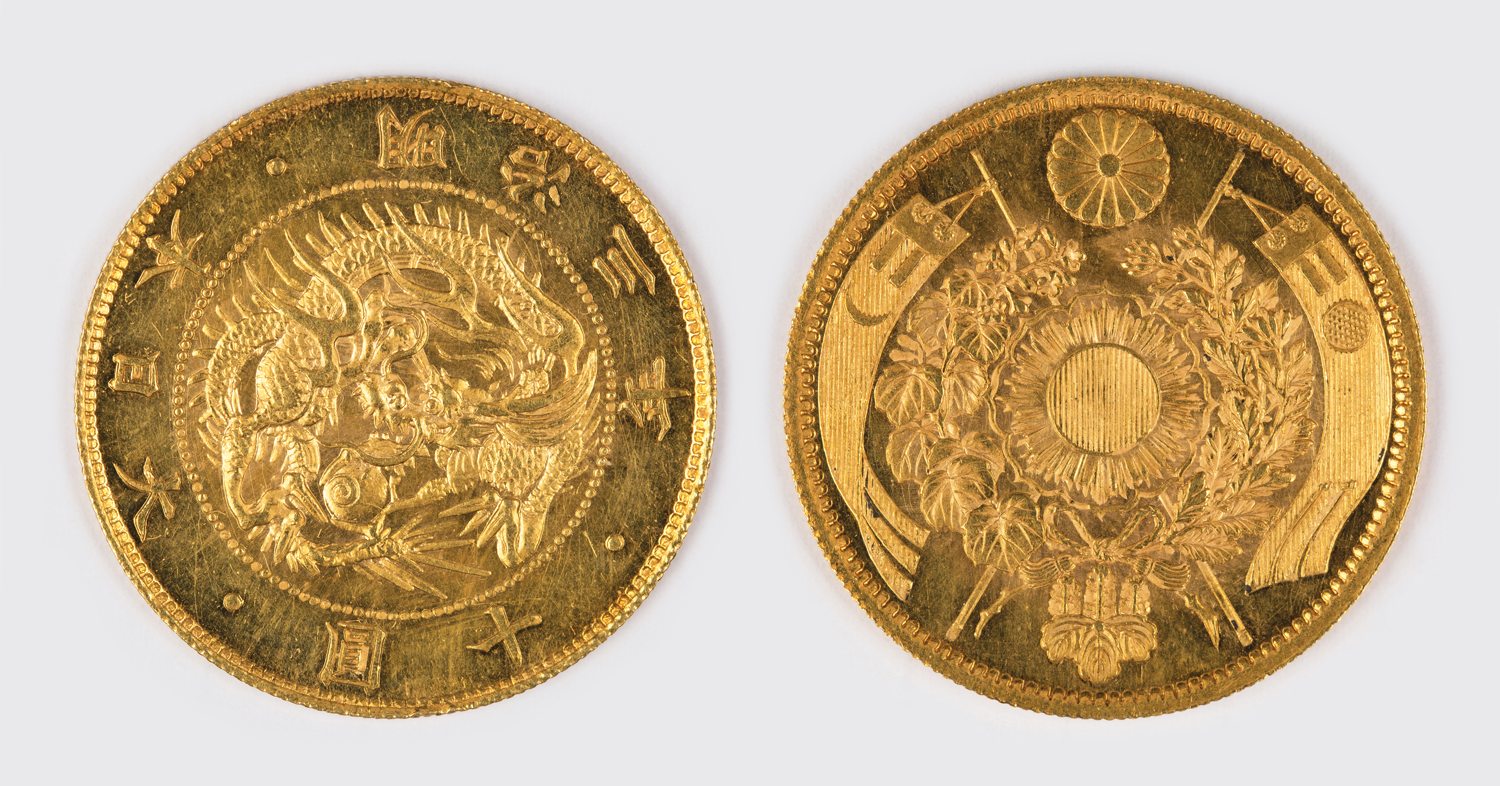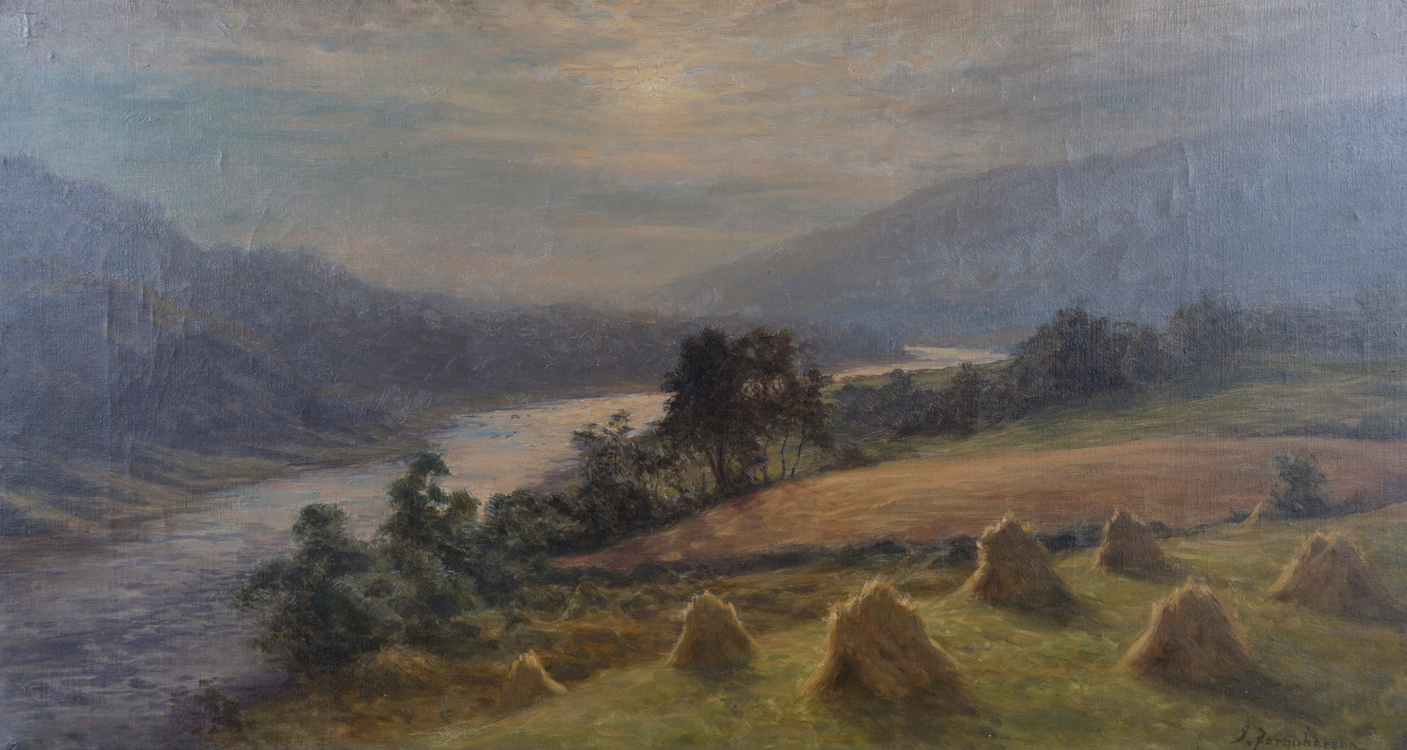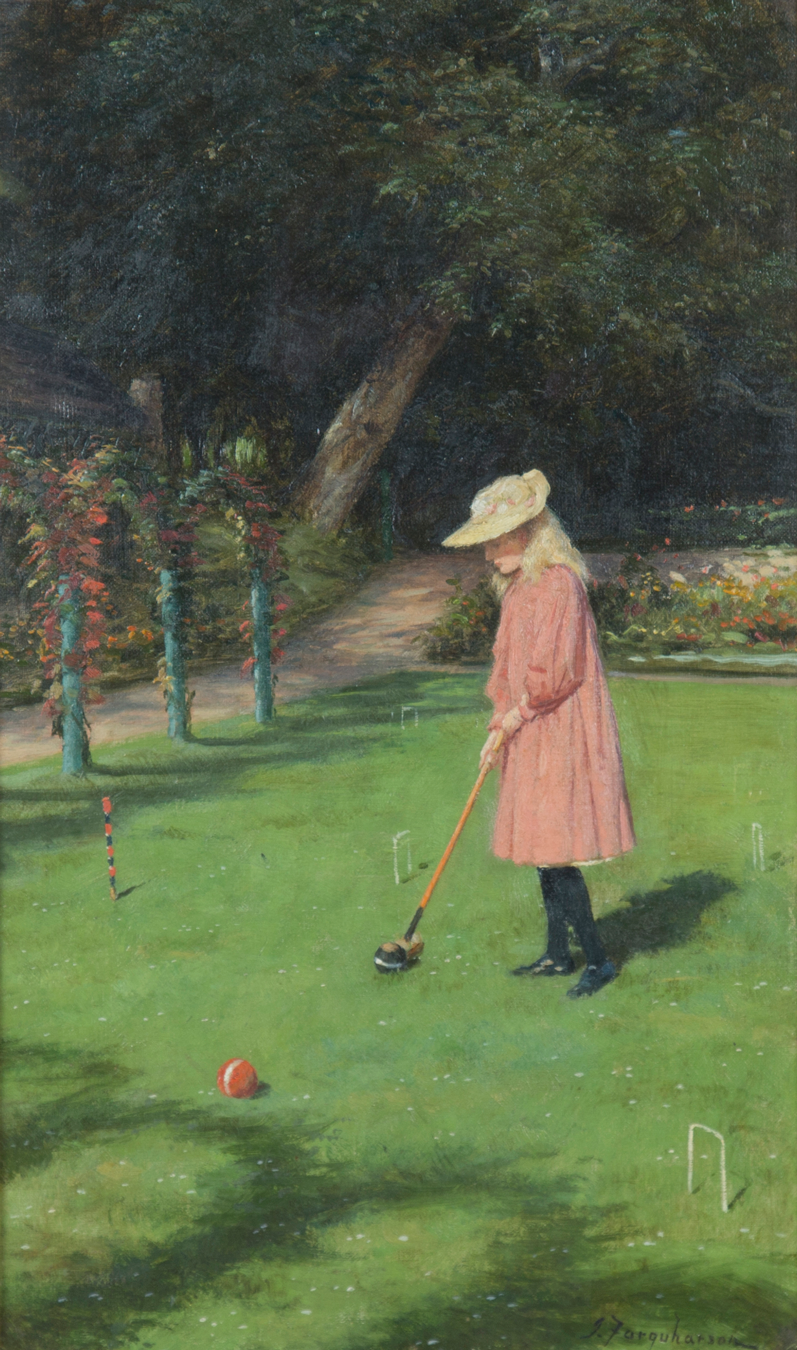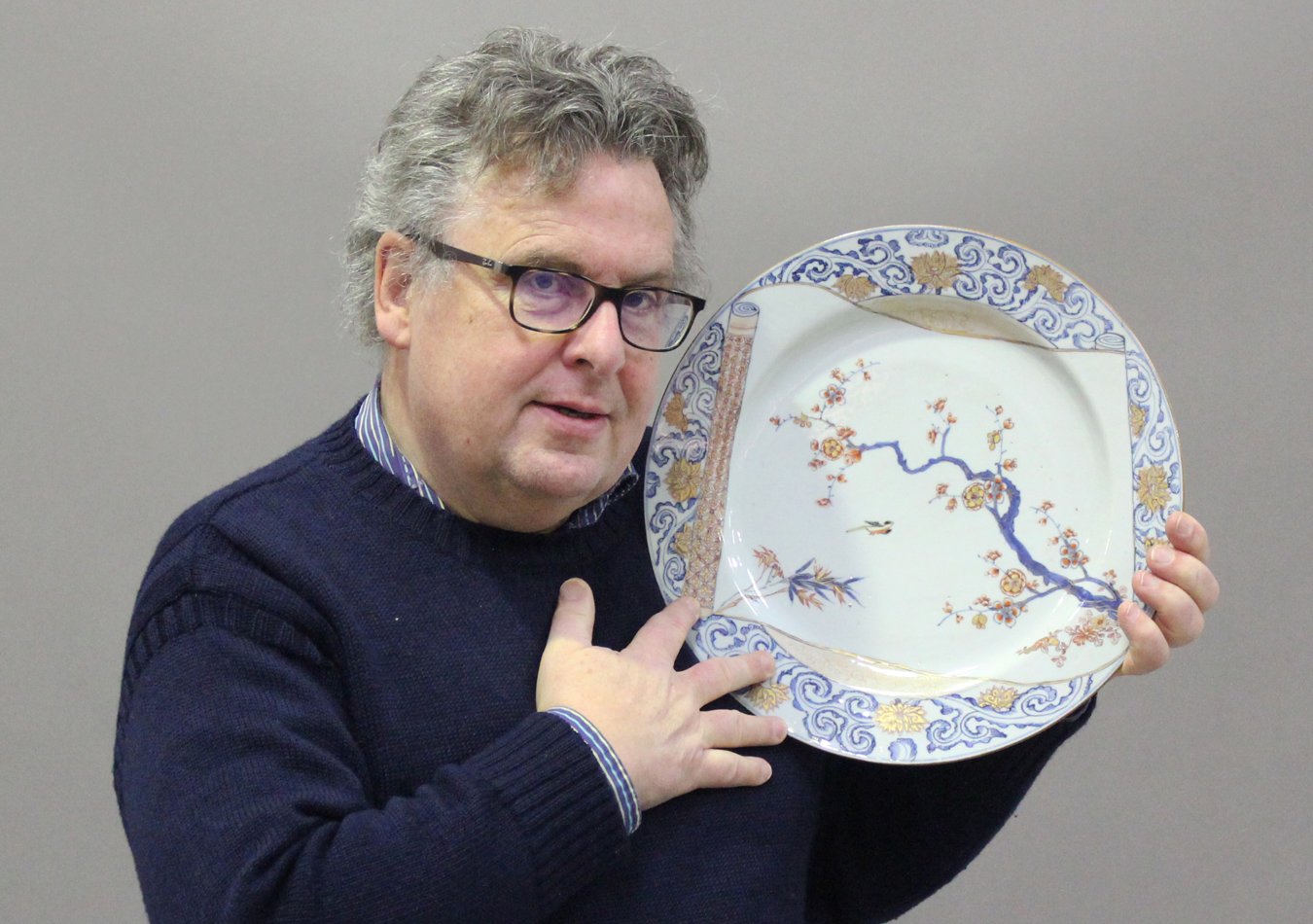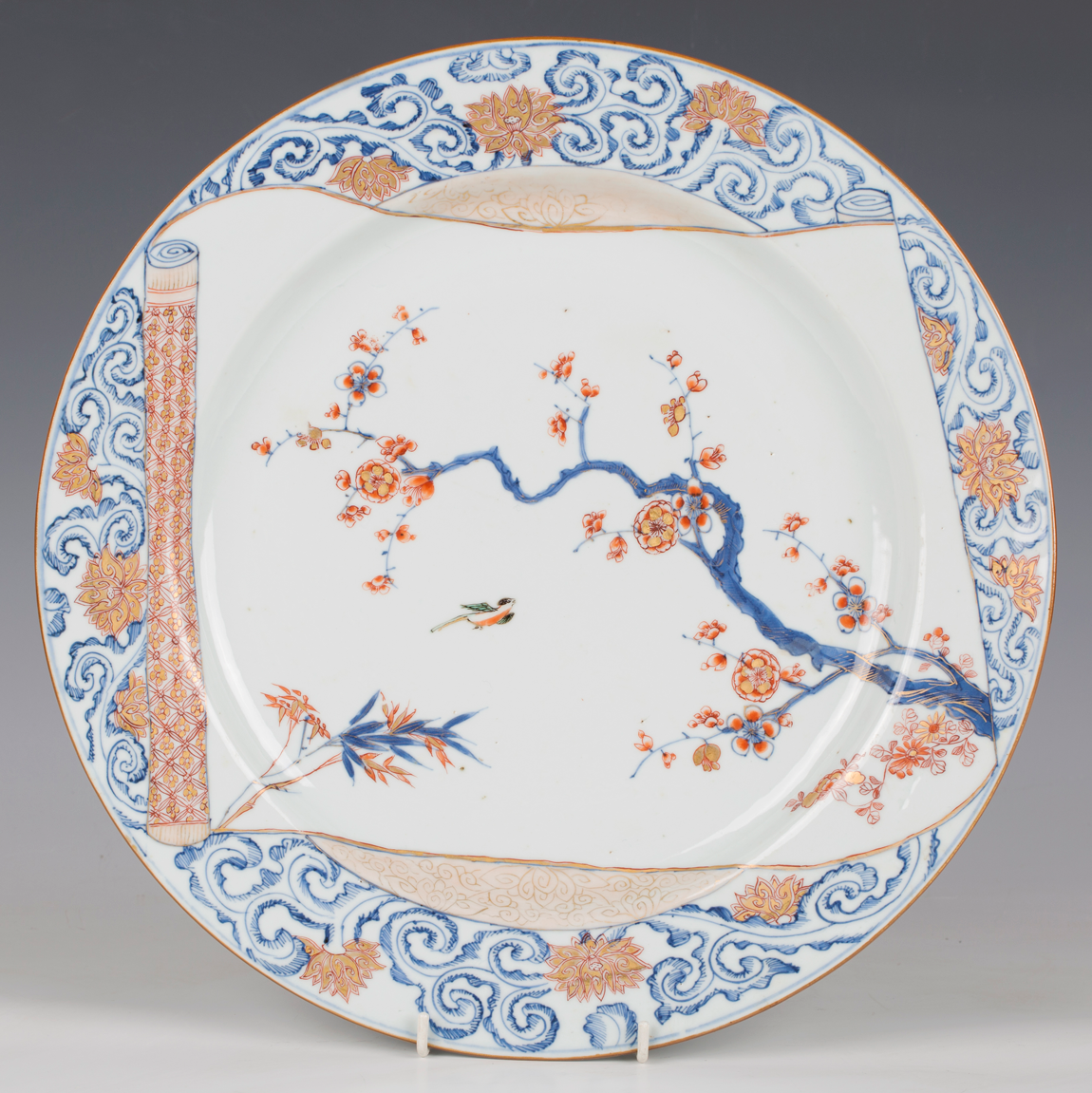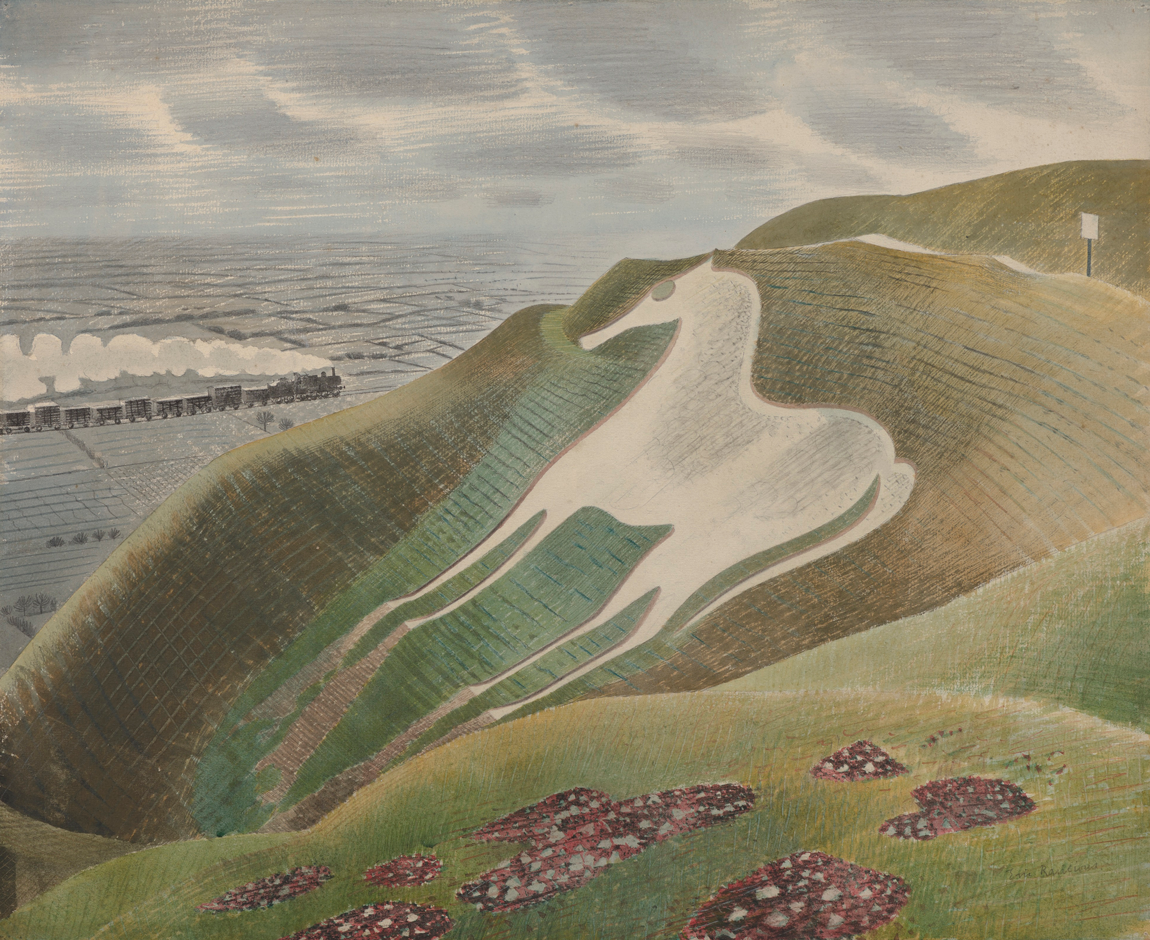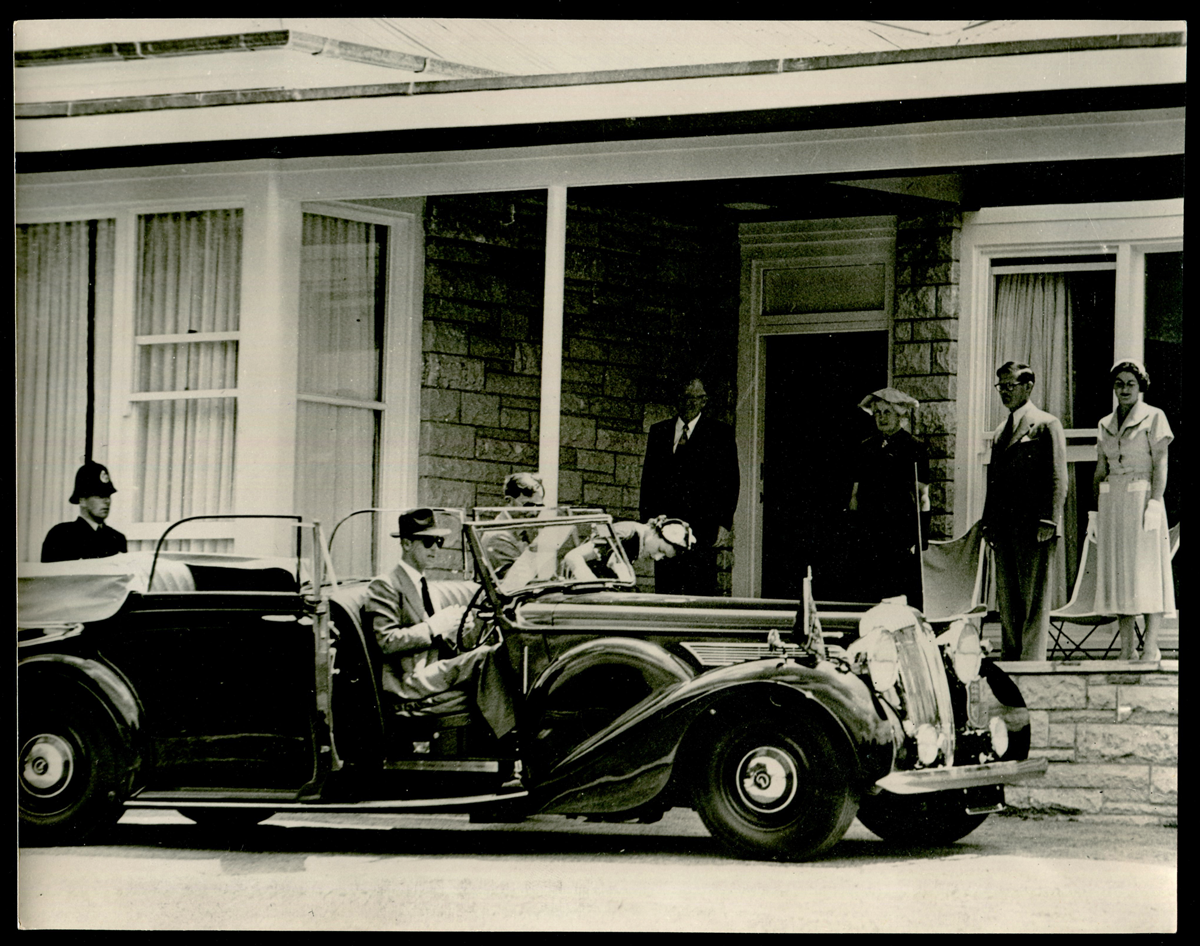
Her Majesty Queen Elizabeth is at Sandringham, her Norfolk estate, where she traditionally marks her father’s death on the 6th February. This year the day will mark the 70th Anniversary of her Accession.
Elizabeth and her father, George VI, had a special bond so this is always a particularly poignant day especially without Prince Philip. The Queen on the occasion of their Golden Wedding Anniversary said that Prince Philip “has quite simply, been my strength and stay all these years.”
The Queen’s husband HRH Prince Philip, the Duke of Edinburgh had been given his first command of the sloop HMS Magpie in 1950. In 1951 he took leave from the Royal Navy to support his wife as the King’s deteriorating health meant increasing Royal duties. In the October of 1951 the couple had set out on a highly successful tour of Canada and Washington DC. After Christmas in the January of 1952 Princess Elizabeth and the Duke embarked on a tour of Australia and New Zealand via Kenya.
King George VI died in the early hours of the 6th February 1952. The news was broken to her at Treetops in Kenya as she was proclaimed Queen Elizabeth II in London and around the world.
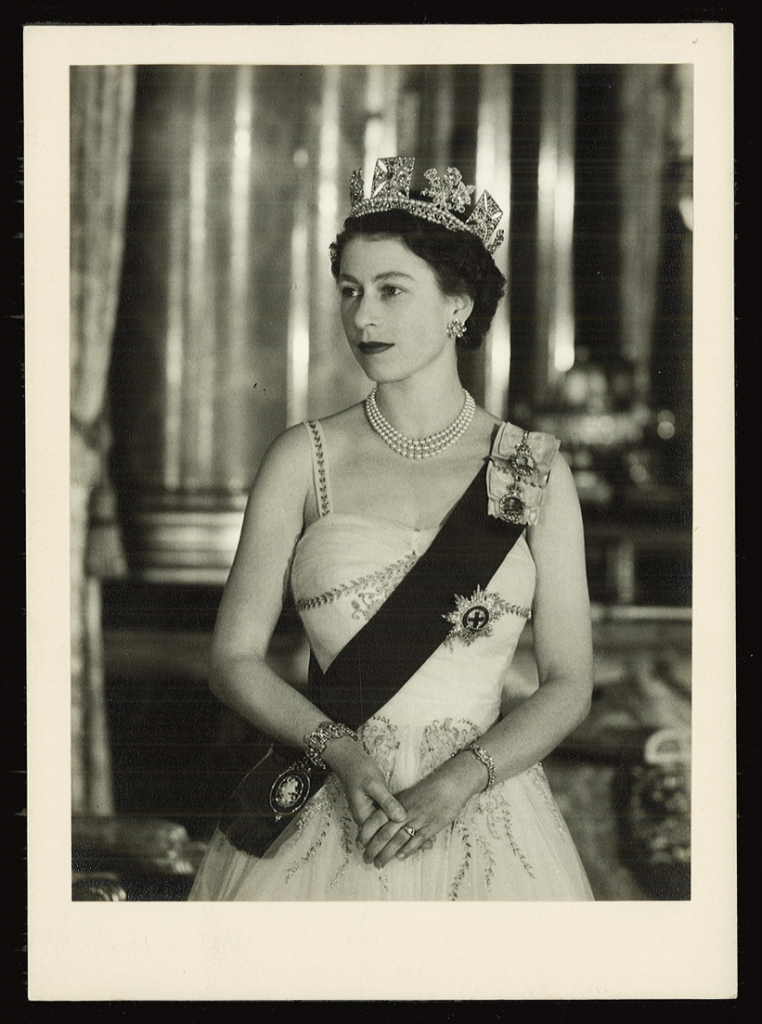
The Queen returned from Kenya and met with the Accession Council at 10am on Friday 8th February at St James’ Palace in order that they could receive her oath to uphold the protestant religion, defend the Church of Scotland and pledge to always work to uphold constitutional government and to advance the happiness and prosperity of all her peoples.
The Queen’s Christian faith has been one of the cornerstones of her life and reign. It has informed her sense of calling to the role of monarch and the qualities of service, respect and duty through which she has blessed us all.
Throughout her long reign the Queen and her family have been at the heart of the nation and the Commonwealth. She has been bound up not only with the life of the nation but with our own lives as individuals. Together we have shared her joys and sorrows as she has shared ours. Together, here in Sussex and across the United Kingdom, we hold The Queen and her family in our hearts and our prayers giving thanks for her long reign.
